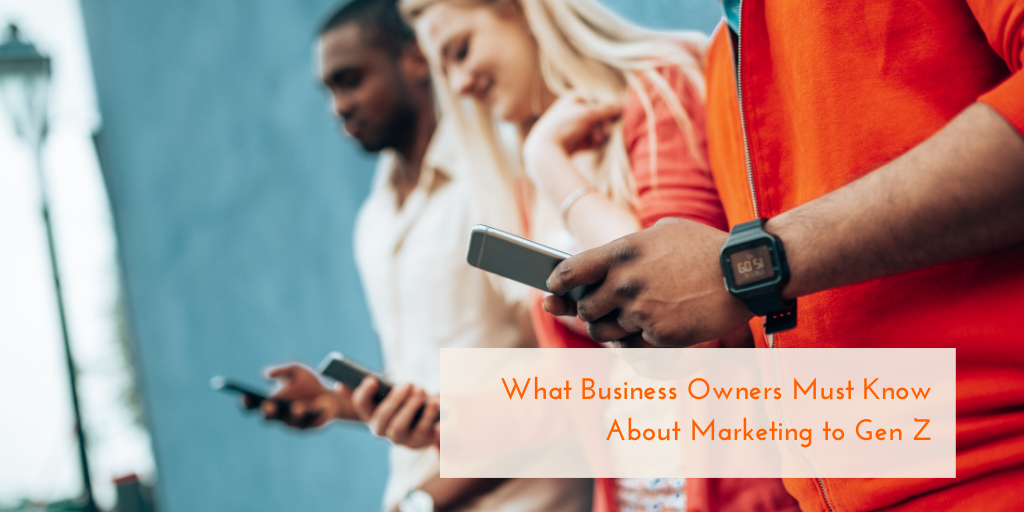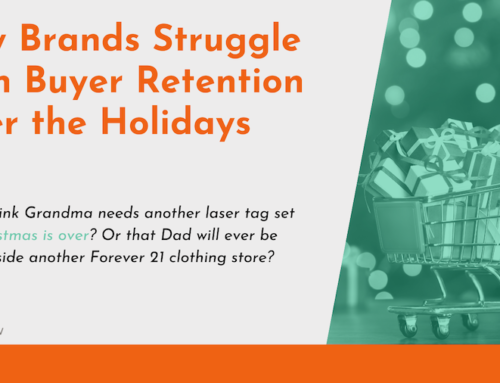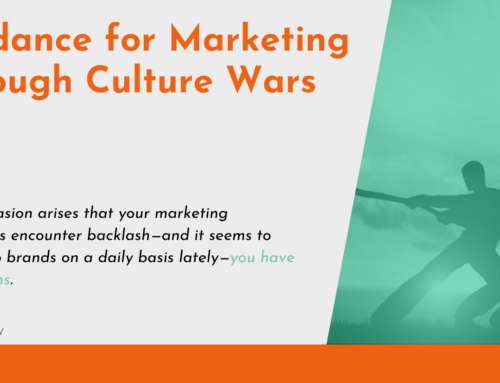
For years, marketers have had their eyes on Generation Z, and for good reason. This is the largest cohort of consumers, at 25% of the global population. They’ve just barely edged out Millennials for the top spot, and Baby Boomers now comprise only 14% of consumers. In other words, when it comes to spending, Gen Z is the future.
The problem many business owners and marketers are now facing is that, after years of focusing on marketing to Gen Z is that this generation is far more different from previous consumers than anyone expected. Many marketing executives and brand managers have symbolically thrown up their hands and decided to focus their marketing efforts on the generations they still understand—at least to some extent.
And why not? Millennials are still 23% of consumers and Generation X makes up 19%. That’s still a lot of buyers to target, even if you leave the younger consumers out of your marketing mix. The problem is that it’s not a very stable strategy for long-term growth. At best, you’ll struggle through the next few years. At worst, your brand won’t survive.
So, how can brands reach Generation Z? Let’s take a look.
Do Your Own Research
The first step may seem like an obvious one: do your research. However, many think reading blogs by other businesses and marketers is everything they need to develop a Gen Z marketing strategy. Sure, plenty of the advice you’ll find in those blogs—and in this one—will work for anyone who implements it.
The key when conducting your own research is to analyze your buyer personas in conjunction with the advice you read. Grouping all of Generation Z together into one lump without considering their geographic, demographic, and psychographic dimensions puts you way behind before you even get started.
For instance, most marketers turn directly to TikTok when they want to reach Generation Z. It’s a good start, with so much focus on this social platform in the news and on other social feeds. But what would you say if you knew that just over 60% of Gen Z consumers in the United States use TikTok? What would you say if you knew that the statistic presented here can only indicate users who were on the app at least once per month?
You should say the following:
- Are our buyers part of the 60% using TikTok, or are they part of the 40% who aren’t? After all, 40% is still a large percentage.
- How many of those users are only on TikTok once or twice per month? Where are they the other twenty-nine or thirty days of the month?
- Of those buyers who are on TikTok on a regular basis, how many would even be interested in branded content? Do those buyers still trust influencers to make recommendations?
These are important questions, and we’re just scratching the surface of the research you’ll need to conduct to make sure you’re not just reaching Generation Z, you’re also reaching the consumers who are likely to make a purchase from your brand.
Don’t Just Say It; Mean It
It’s no secret that Generation Z tends to prefer brands that exhibit social responsibility, whether that’s sustainability, equality, inclusivity, or all the above and more. Keep in mind that it’s not just the younger generation that prefers to support companies that appear to care. The Noble Edge Effect affects all ages, with consumers from every cohort tending to rate charitable and socially conscious companies higher in various categories, from product to value to price.
This is why many companies have shifted their messaging to reach these younger buyers, but it’s important to note that some website copy and a few social posts is not enough. Generation Z values authenticity just as much as they do a socially conscious brand. If they get any hint that you’re not genuine, they’ll find somewhere else to spend.
Some examples that would be sure to experience Gen Z backlash could include:
- A brand that touts its commitment to the environment but then the CEO is discovered to take unnecessary and copious trips on a private jet.
- A brand that outwardly supports racial equality but has essentially buried a public, viral social media event with a racially insensitive executive.
- A brand that consistently shares messaging about a supportive corporate culture but is exposed for using child labor in another country.
Of course, the infraction doesn’t have to be so overt as these examples to get the attention—and disdain—of Gen Z buyers. Even a whiff of insincerity is enough to convince them to put away the wallet.
If you intend to share content regarding your brand’s social responsibility, you must be sure to walk the talk.
Be Ready for the Paradox
As with absolutely every generation before them, Generation Z is a contradiction personified. They’re 2.6 times more likely to buy clothes every week, which sends more to landfills, despite their collective commitment to a better environment. They’re more price sensitive, but willing to pay 10% more for high quality products. They’re less likely to buy with credit and more likely to use mobile wallets, like Apple Pay and Android Pay, which supports the use of credit cards in addition to debit.
This really circles us right back to the first point, which is to conduct your own research rather than attempting to fit all of this cohort into a neat little box. They’re still young and figuring things out. What reaches them today may be the very thing that turns them off tomorrow.
You must be ready for the change, for the paradox, so you can pivot your marketing strategy and messaging—again, of course, with authenticity at the forefront of everything you do.
A quick pivot isn’t easy for even the most agile of brands and marketing departments. If you need a Fractional CMO who can roll with the Gen Z punches, reach out any time. We’re here to help.





